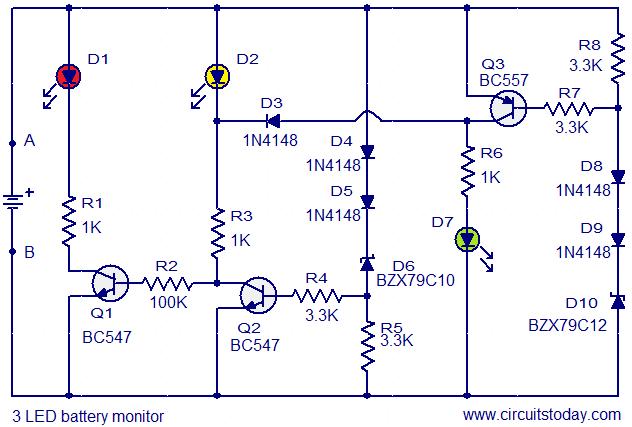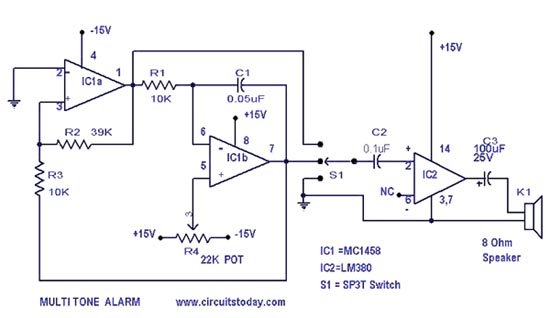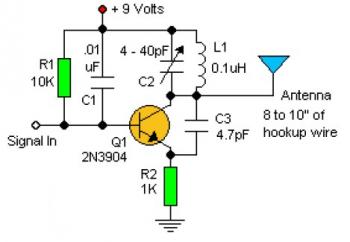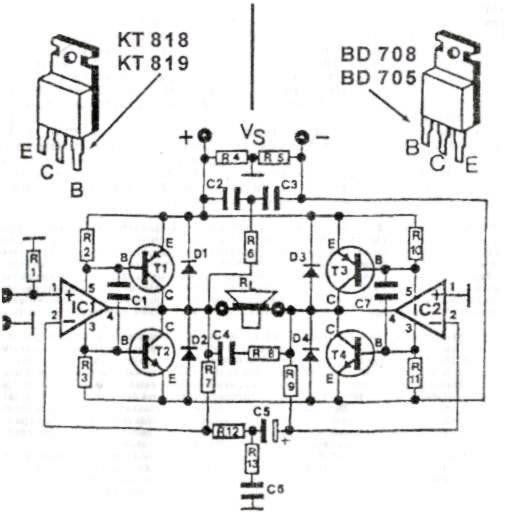
10W Audio Amplifier circuit based on TDA1910
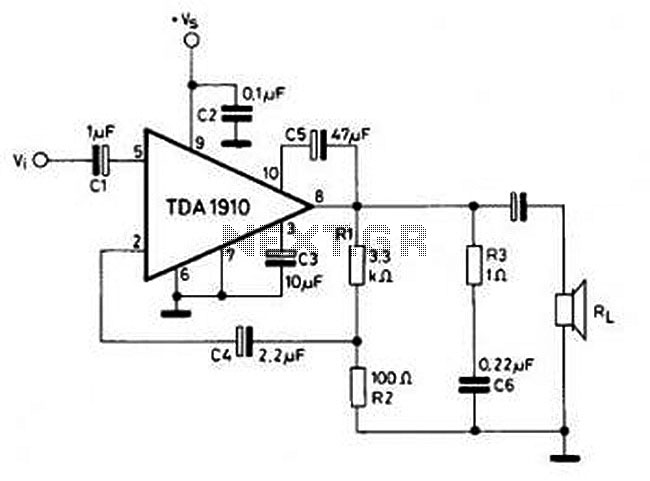
This circuit is simple and inexpensive, which is its primary advantage. Although the output power is not high, the audio quality is good due to the TDA1910's low noise characteristics. This circuit is suitable for use as a student project.
The circuit utilizes the TDA1910 integrated circuit, which is designed for audio amplification applications. Its low noise feature contributes to clear sound reproduction, making it an ideal choice for educational purposes where students can learn about audio electronics without the complication of high-power requirements.
The design typically includes a power supply section, input stage, and output stage. The power supply can be a standard DC supply, providing the necessary voltage for the TDA1910 to operate efficiently. The input stage may consist of capacitive coupling to block any DC offset from the audio source, ensuring that only the AC audio signal is amplified.
Feedback resistors may be included to set the gain of the amplifier, allowing for adjustment based on the specific requirements of the project. The output stage connects to speakers, where the amplified audio signal is delivered. Given the TDA1910's specifications, it can drive small speakers effectively, making it suitable for personal listening applications or small classroom demonstrations.
Overall, this circuit serves as an excellent educational tool, providing hands-on experience with audio amplification while demonstrating the principles of low-noise design in electronics.Simple and cheap, that`s the advantage of this circuit. Although the output power is not high but audio quality is good, because TDA1910 has a very low noise feature. This circuit suitable for use as a student project. 🔗 External reference
The circuit utilizes the TDA1910 integrated circuit, which is designed for audio amplification applications. Its low noise feature contributes to clear sound reproduction, making it an ideal choice for educational purposes where students can learn about audio electronics without the complication of high-power requirements.
The design typically includes a power supply section, input stage, and output stage. The power supply can be a standard DC supply, providing the necessary voltage for the TDA1910 to operate efficiently. The input stage may consist of capacitive coupling to block any DC offset from the audio source, ensuring that only the AC audio signal is amplified.
Feedback resistors may be included to set the gain of the amplifier, allowing for adjustment based on the specific requirements of the project. The output stage connects to speakers, where the amplified audio signal is delivered. Given the TDA1910's specifications, it can drive small speakers effectively, making it suitable for personal listening applications or small classroom demonstrations.
Overall, this circuit serves as an excellent educational tool, providing hands-on experience with audio amplification while demonstrating the principles of low-noise design in electronics.Simple and cheap, that`s the advantage of this circuit. Although the output power is not high but audio quality is good, because TDA1910 has a very low noise feature. This circuit suitable for use as a student project. 🔗 External reference
